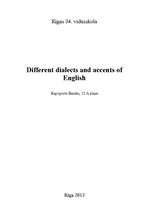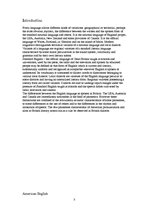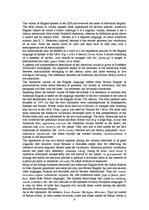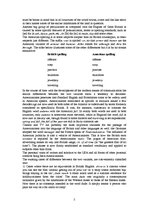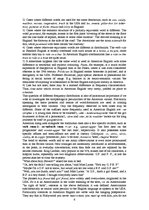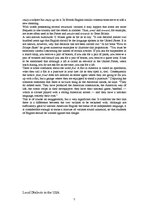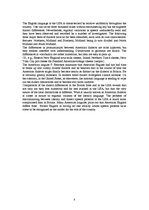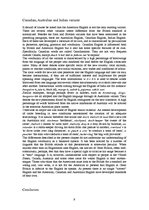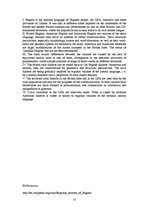Conclusion
I. English is the national language of England proper, the USA, Australia and some provinces of Canada. It was also at different times imposed on the inhabitants of the former and present British colonies and. protectorates as well as other Britain- and US-dominated territories, where the population has always stuck to its own mother tongue.
II. British English, American English and Australian English are variants of the same language, because they serve all spheres of verbal communication. Their structural pecularities, especially morphology, syntax and word-formation, as well as their word-stock and phonetic system are essentially the same. American and Australian standards are slight modifications of the norms accepted in the British Isles. The status of Canadian English 'has not yet been established.
III. The main lexical differences between the variants are caused by the lack of equivalent lexical units in one of them, divergences in the semantic structures of polysemantic words and peculiarities of usage of some words on different territories.
IV. The British local dialects can be traced back to Old English dia¬lects. Numerous and distinct, they are characterized by phonemic and structural peculiarities. The local dialects are being gradually replaced by regional variants of the literary language, i. e. by a literary standard with a proportion of local dialect features.
V. The so-called local dialects in the British Isles and in the USA are used only by the rural population and only for the purposes of oral communication. In both variants local distinctions are more marked in pronunciation, less conspicuous in vocabulary and insignificant in grammar.
VI. Local variations in the USA are relatively small. What is called by tradition American dialects is closer in nature to regional variants of the national literary language.
…
